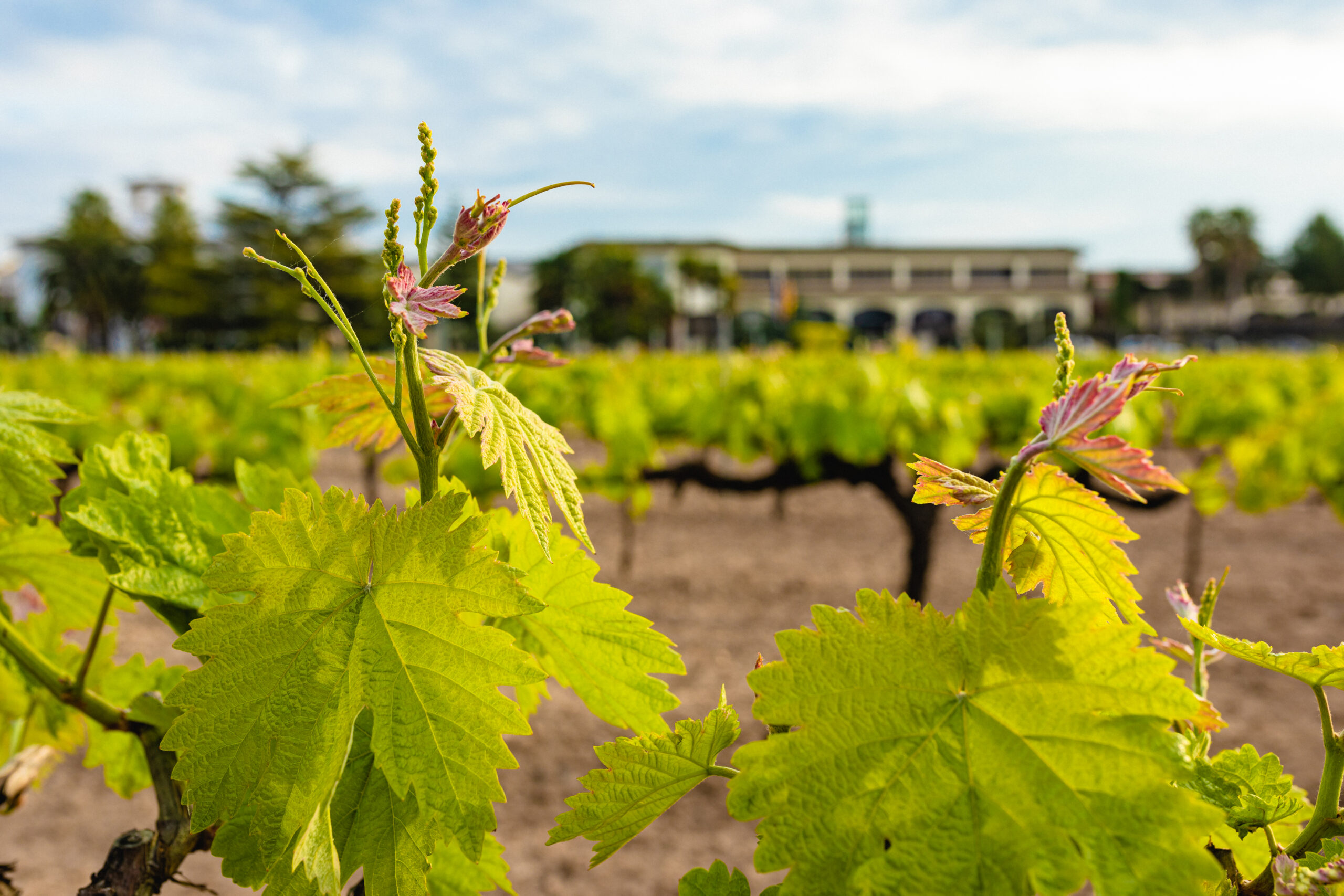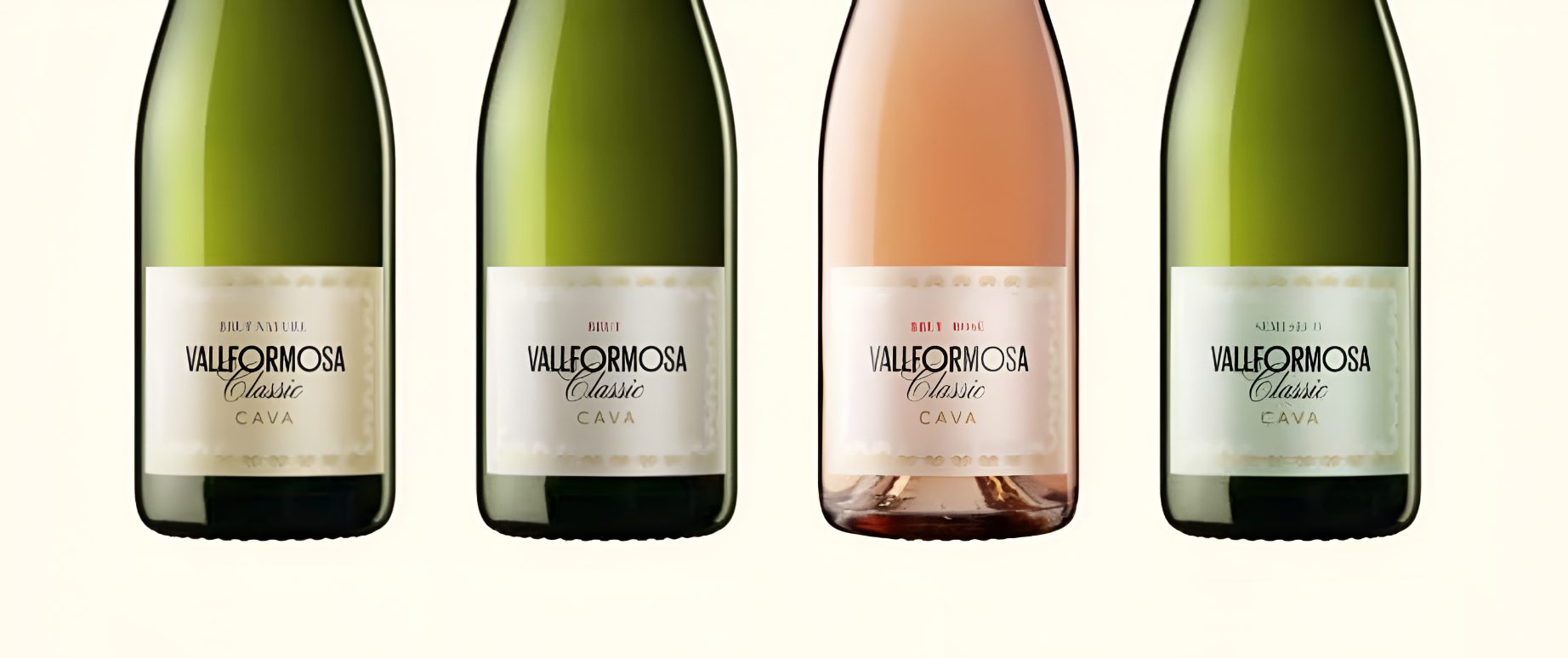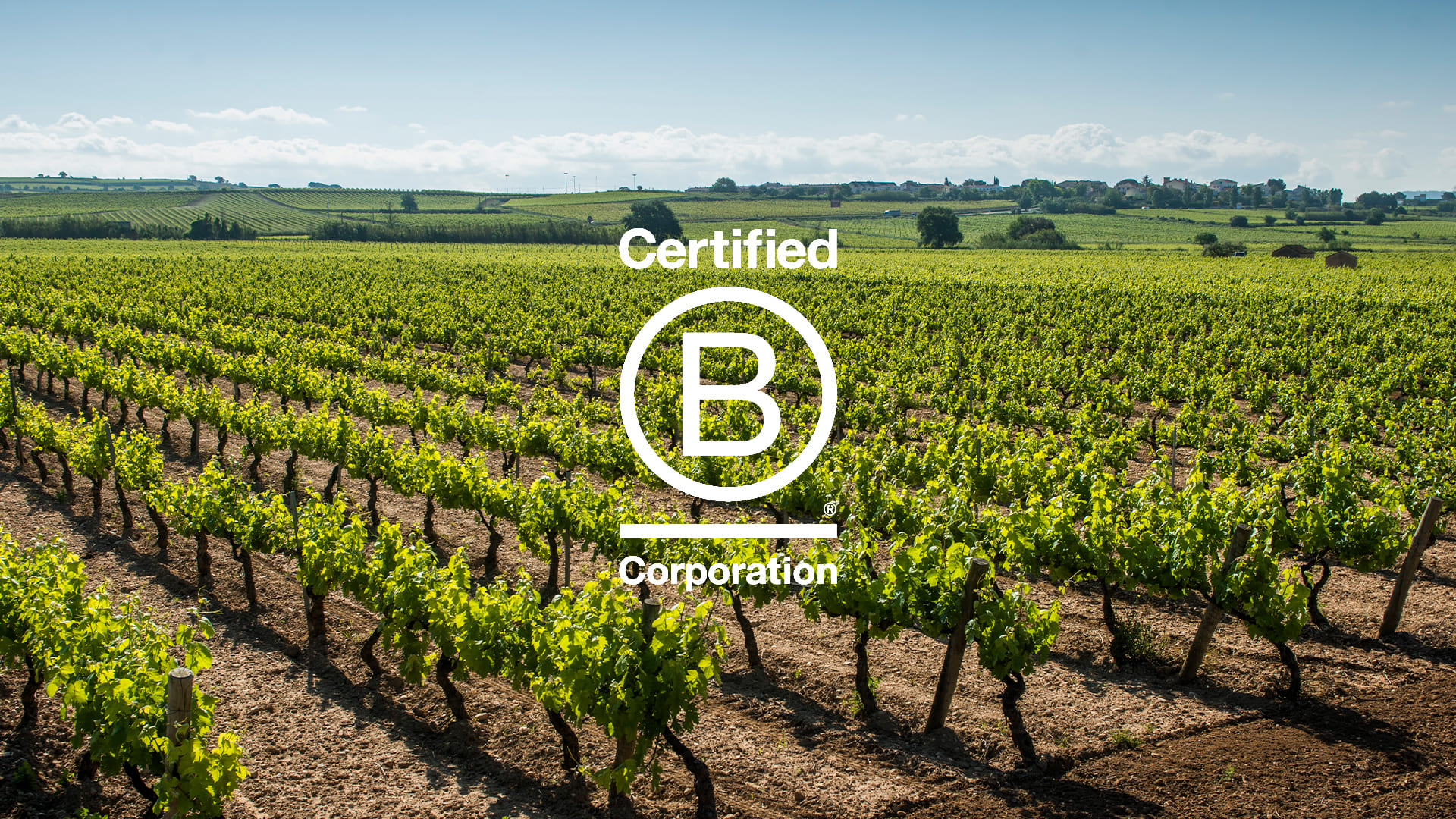VALLFORMOSA NEWS ·VALLFORMOSA NEWS · VALLFORMOSA NEWS · VALLFORMOSA NEWS · VALLFORMOSA NEWS · VALLFORMOSA NEWS · VALLFORMOSA NEWS · VALLFORMOSA NEWS · VALLFORMOSA NEWS · VALLFORMOSA NEWS · VALLFORMOSA NEWS · VALLFORMOSA NEWS · VALLFORMOSA NEWS · VALLFORMOSA NEWS · VALLFORMOSA NEWS · VALLFORMOSA NEWS · VALLFORMOSA NEWS · VALLFORMOSA NEWS · VALLFORMOSA NEWS · VALLFORMOSA NEWS · VALLFORMOSA NEWS ·
VALLFORMOSA NEWS ·VALLFORMOSA NEWS · VALLFORMOSA NEWS · VALLFORMOSA NEWS · VALLFORMOSA NEWS · VALLFORMOSA NEWS · VALLFORMOSA NEWS · VALLFORMOSA NEWS · VALLFORMOSA NEWS · VALLFORMOSA NEWS · VALLFORMOSA NEWS · VALLFORMOSA NEWS · VALLFORMOSA NEWS · VALLFORMOSA NEWS · VALLFORMOSA NEWS · VALLFORMOSA NEWS · VALLFORMOSA NEWS · VALLFORMOSA NEWS · VALLFORMOSA NEWS · VALLFORMOSA NEWS · VALLFORMOSA NEWS ·
VALLFORMOSA NEWS ·VALLFORMOSA NEWS · VALLFORMOSA NEWS · VALLFORMOSA NEWS · VALLFORMOSA NEWS · VALLFORMOSA NEWS · VALLFORMOSA NEWS · VALLFORMOSA NEWS · VALLFORMOSA NEWS · VALLFORMOSA NEWS · VALLFORMOSA NEWS · VALLFORMOSA NEWS · VALLFORMOSA NEWS · VALLFORMOSA NEWS · VALLFORMOSA NEWS · VALLFORMOSA NEWS · VALLFORMOSA NEWS · VALLFORMOSA NEWS · VALLFORMOSA NEWS · VALLFORMOSA NEWS · VALLFORMOSA NEWS ·
VALLFORMOSA NEWS ·VALLFORMOSA NEWS · VALLFORMOSA NEWS · VALLFORMOSA NEWS · VALLFORMOSA NEWS · VALLFORMOSA NEWS · VALLFORMOSA NEWS · VALLFORMOSA NEWS · VALLFORMOSA NEWS · VALLFORMOSA NEWS · VALLFORMOSA NEWS · VALLFORMOSA NEWS · VALLFORMOSA NEWS · VALLFORMOSA NEWS · VALLFORMOSA NEWS · VALLFORMOSA NEWS · VALLFORMOSA NEWS · VALLFORMOSA NEWS · VALLFORMOSA NEWS · VALLFORMOSA NEWS · VALLFORMOSA NEWS ·
No hay eventos próximos











